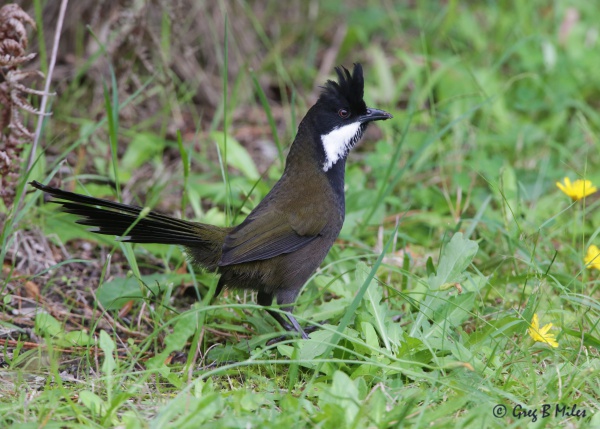Facts About Eastern whipbird
The eastern whipbird is a captivating songbird native to Australia's east coast, easily recognizable by its distinctive whip-crack call. It features dark olive-green and black plumage with a striking white cheek patch and crest, and both males and females exhibit similar appearances. Originally believed to be two separate species, they are now classified under the genus Psophodes, with two subspecies: P. o. olivaceus and P. o. lateralis.
These slender birds measure about 26-30 cm in length and primarily feed on insects. They thrive in wet temperate forests, including rainforests and wet sclerophyll forests, often near water sources. Their characteristic call starts with a long note that culminates in a whip-like crack, making it a signature sound in the Australian wilderness.
Eastern whipbirds are generally reclusive and are more often heard than seen. They breed from late winter through spring, laying a clutch of two pale blue eggs. Unfortunately, their habitats are increasingly threatened by urbanization, rendering them a specialist species sensitive to environmental changes.
These birds are monogamous, with breeding pairs diligently building nests in shrubs or trees. Males are particularly involved in caring for the fledglings once they leave the nest, showcasing a strong parental bond.
